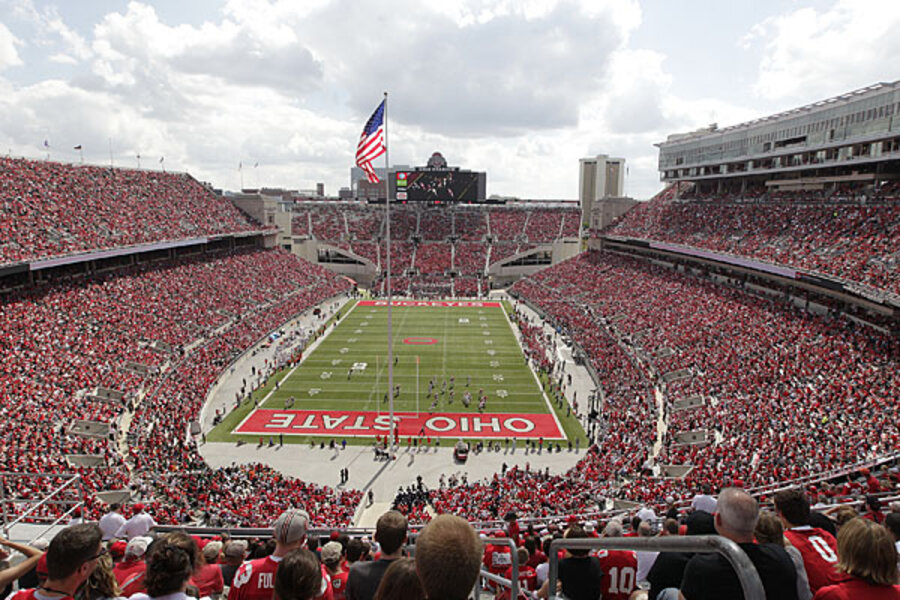Population between 20-29: 20.1 percent
Population 25 or older with a Bachelor's degree: 22.4 percent
Median earnings for Bachelor's degree holders: $44,392
Cost of living index for 2013: 87.2 (As calculated by the Council for Community and Economic Research)
Workers with management, business, science or arts jobs: 38.8 percent
Unemployment rate (Feb. 2014): 5.5 percent
Overall score: 60.84
Perhaps the most attractive feature of Columbus for college grads is affordability—the city’s Cost of Living Index is the lowest of all top ten places. The Central Ohio city’s key industries are manufacturing, logistics, science and technology and business and financial services. JPMorgan Chase & Co. is the largest private employer in Columbus, while the State of Ohio and the Ohio State University are the city’s top two public employers.
Nerdwallet considered the following factors in its analysis of the 50 largest cities in the country:
1. Presence of educated peers: since most fresh grads want to live in places with a high proportion of young people, the study included the percentage of the total population that is between the ages of 20 and 29. We also measured the percentage of the population 25 and over with a Bachelor’s degree.
2. Income and affordability: Nerdwallet included the median earnings for people with Bachelor’s degrees and also proxied the affordability level in each city with the Cost of Living Index. Cities with relatively higher median incomes and lower Cost of Living Indices ranked higher on our list.
3. Strength of workforce: To measure the strength of professional industries in the cities, the study included the percentage of the workforce with occupations in the management, business, science and arts industries. We also factored unemployment rates into our analysis to gauge the quality of the local economy.







